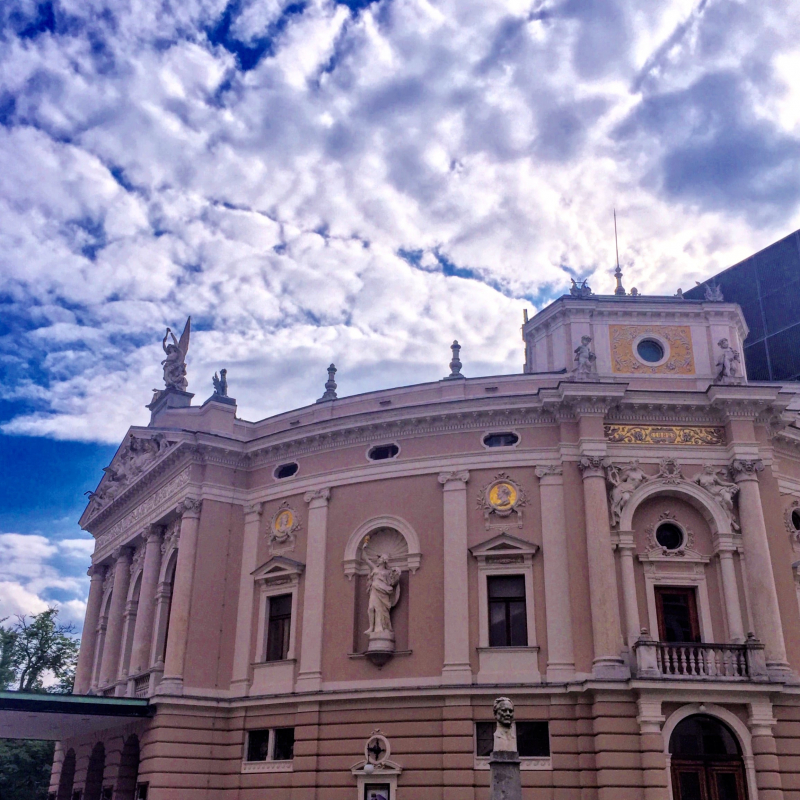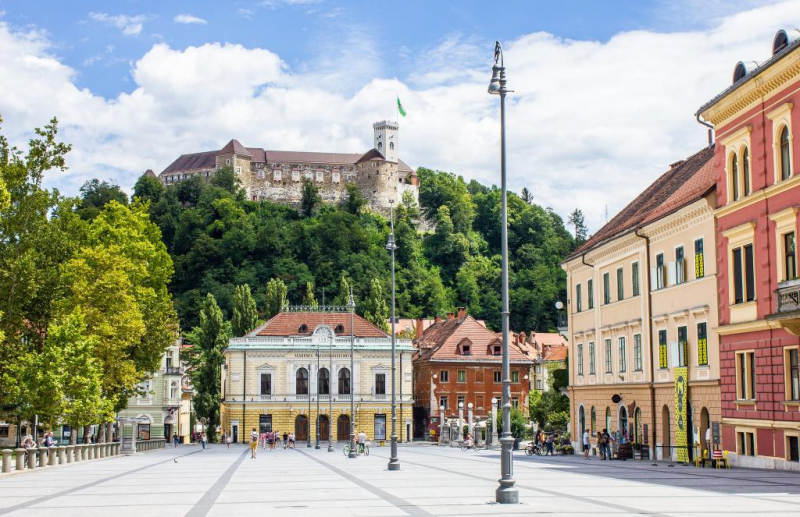It is a melting pot of cultures
Slovenia, located in the heart of Central Europe, has benefited from the influence of its neighbors. The neighborly influence is palpable in the varied architecture, which appears to be cut from the same cloth as many iconic Italian and Austrian towns.
Slovenia has a rich culinary tradition as a result of its climate as well as its location at the crossroads of Central Europe. Slovene cuisine reflects Mediterranean, Alpine, and Eastern European cultures. Meals are an important part of Slovene family life, and meeting friends for a snack or a glass of wine at a café is a common social activity. Although each region of Slovenia has its own specialties, the majority of the country's oldest traditional dishes are made with flour, buckwheat, or barley, as well as potatoes and cabbage.
Slovenia's towns have many well-preserved buildings from the 1100s to the present day, representing various architectural styles. The church at Sticna Abbey and Podsreda Castle are two fine examples of Roman-esque architecture in Slovenia. Architecture from the late Gothic period can also be found. Many buildings in Slovenia's older towns, particularly in Ljubljana, are in the Italian Baroque style. This is unquestionably one of the most interesting things to know before traveling to Slovenia.












